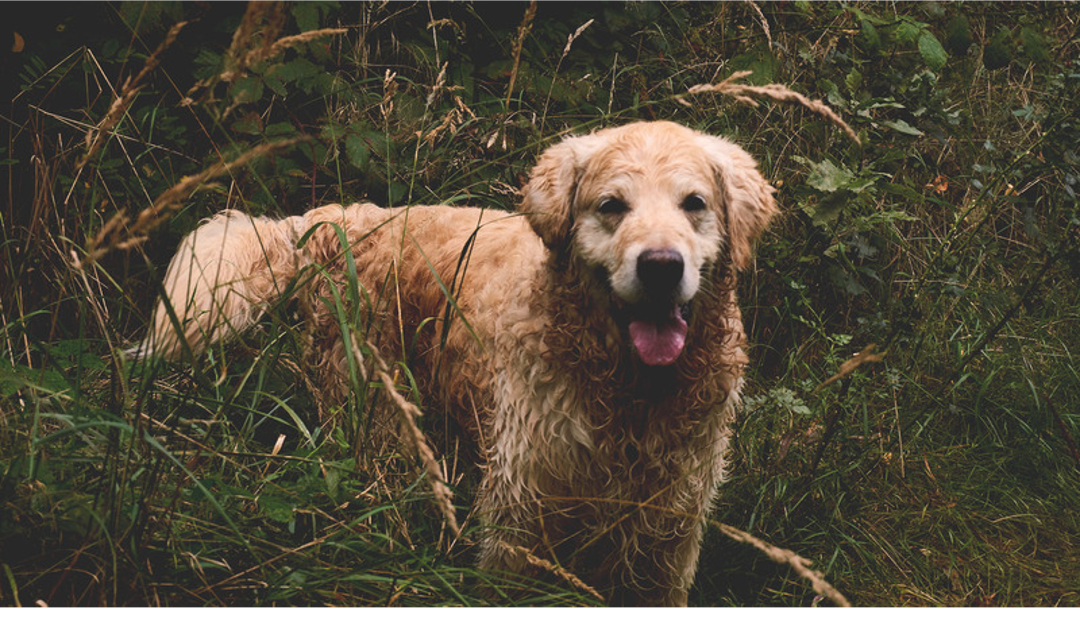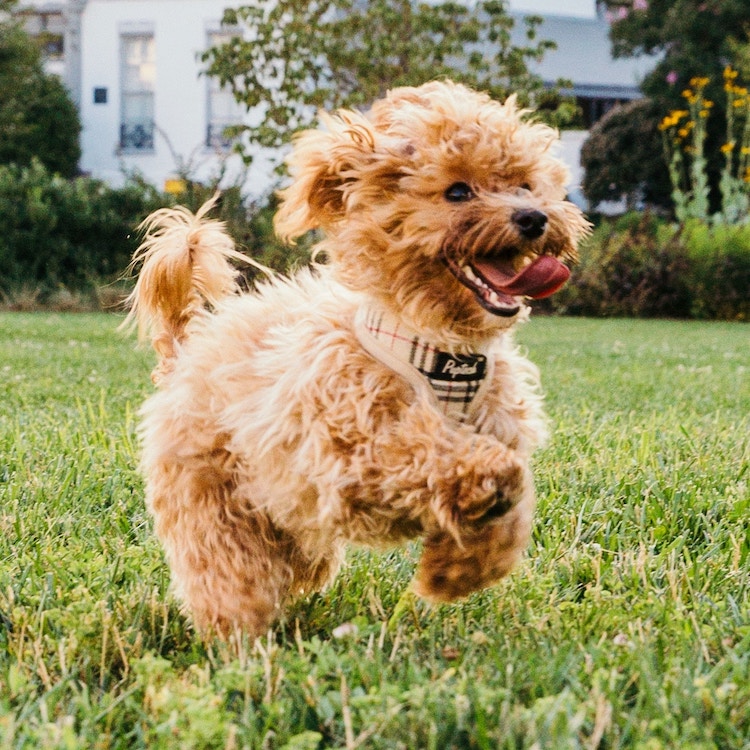
Canine Body Language
We all love our dogs. We love their cute faces, their silly antics, their cheekiness, and we even love them when they cover our furniture with mud! But do we understand them? Do you know how to tell if your dog is happy or feeling anxious? Is your dog a sociable dog who is happy to play with other dogs? Or is he nervous of other dogs approaching him when he’s just trying to have a quiet walk and a sniff around? Our dogs tell us so much through body language, but are we listening?
When you are around your dog it is important to watch and learn his own particular body language, so you will learn to understand the small changes and signals that show you how he is feeling, and help him through any situations he might find stressful.
“Have you ever noticed your dog shake himself off even though he’s not wet? That is a sign that he was feeling stressed."
The best place to start is in his own home where he is comfortable and relaxed. Take note of how he usually carries his tail, what position his ears are usually in, what his body looks like when he is calm and happy (his neutral position) and watch how that changes if you are getting ready to go for a walk or if there is a knock at the door or a sudden noise. The more you observe, the more you will notice.
So what does a happy dog look like? If you watch your dog when he greets his best friend in the park, his ears will be pricked towards his friend, there will be no tension in his muscles, his tail will be held a little higher and wagging (quite often the whole back end of the dog will wag!), his eyes will be soft, and his jaw will be relaxed and open. His whole appearance will be one of joy and fun, and the friends will greet each other with enthusiasm and usually start a game of chase with each other.
Fear and stress
Happy, relaxed dogs having fun are a joy to watch, but what are the signs that your dog is anxious or scared? A dog that is stressed will show tension in his body, his head and tail will be carried lower than normal, he may turn his head away, and show signals such as lip licking and paw lift.
He may even try to “change the subject” by sniffing the ground, and he may ignore all your attempts to engage with him, ignoring you calling his name or even refusing to take his favourite treat.
By watching his body language in different situations and around different dogs (and people) you will learn what “triggers” your dog, and if possible, avoid those situations. If you notice your dog feels anxious around another dog on a walk, move away from the other dog as soon as possible, or if you know your dog is worried by traffic on the road, walk in quieter areas away from traffic.
Fear in a dog is something none of us wants to see. A fearful dog will crouch low down, hanging his head, with his tail tucked right under his body. He will avoid eye contact and may even tremble or whine in fear. A dog that is this scared needs to be handled very carefully, as fear can lead to aggression as the dog tries to protect himself.
Have you ever noticed your dog shake himself off even though he’s not wet? This is a sign that he was feeling stressed and once he is away from the stressful situation he will literally “shake it off”. You may notice a lot of these signals if the dogs are on lead and meet face on – dogs that are off lead will not walk directly towards each other to greet, they will avoid eye contact with each other and will curve around and sniff each other, using their body language to show the other dog that they are friendly and because they are not “trapped” by a lead they can move away if they feel uncomfortable.

But when we are walking dogs on lead we quite often force our dogs to walk directly towards each other, we should allow our dogs to move away if they are not comfortable and keep the greeting short (most greetings between dogs off-leash are 6-8 seconds), lookout for signs of tension including tension in the face, a furrowed brow, tense lips, ears pulled right back in fear or pulled right forward showing confidence, tail carried much higher than normal and slow deliberate movements, and move your dog away straight away.

Bullying
So we know the signals of a stressed or fearful dog, but bullying is something to look out for too. A dog that bullies other dogs is a nuisance and bullying can quickly escalate into a fight if not managed carefully.
Bullying behaviours include a lack of respect for the other dog’s boundaries – charging at the other dog, getting in their space, barking incessantly, and not listening to the other dog’s request for space. His body language will include dilated pupils, a hard stare and eye contact, growling, panting, rigid body and high tail.
If you have a dog who is likely to bully other dogs, it is especially important to watch his body language and intervene quickly, and train a good, solid recall so that if he is off-leash you can call him back to you as soon as you see his body language change.
Reading your dog
Learning to understand your dog’s body language will also help you to pick up on if he is not feeling well or if he is in pain – dogs are very good at masking pain, but if you know how to “read” him when he is well and happy, you will spot the signs of illness or pain much earlier and be able to help him. After all, your dog is your best friend, so you owe it to him to be his best friend and not only share in his happy, joyful moments but also to help him when he is anxious or not feeling well.
Our Expert
Canine Voices’ mission is to raise awareness of canine body language and inspire a deeper understanding of dogs so that we can be better together. You can find Canine Voices on Facebook and Instagram.
